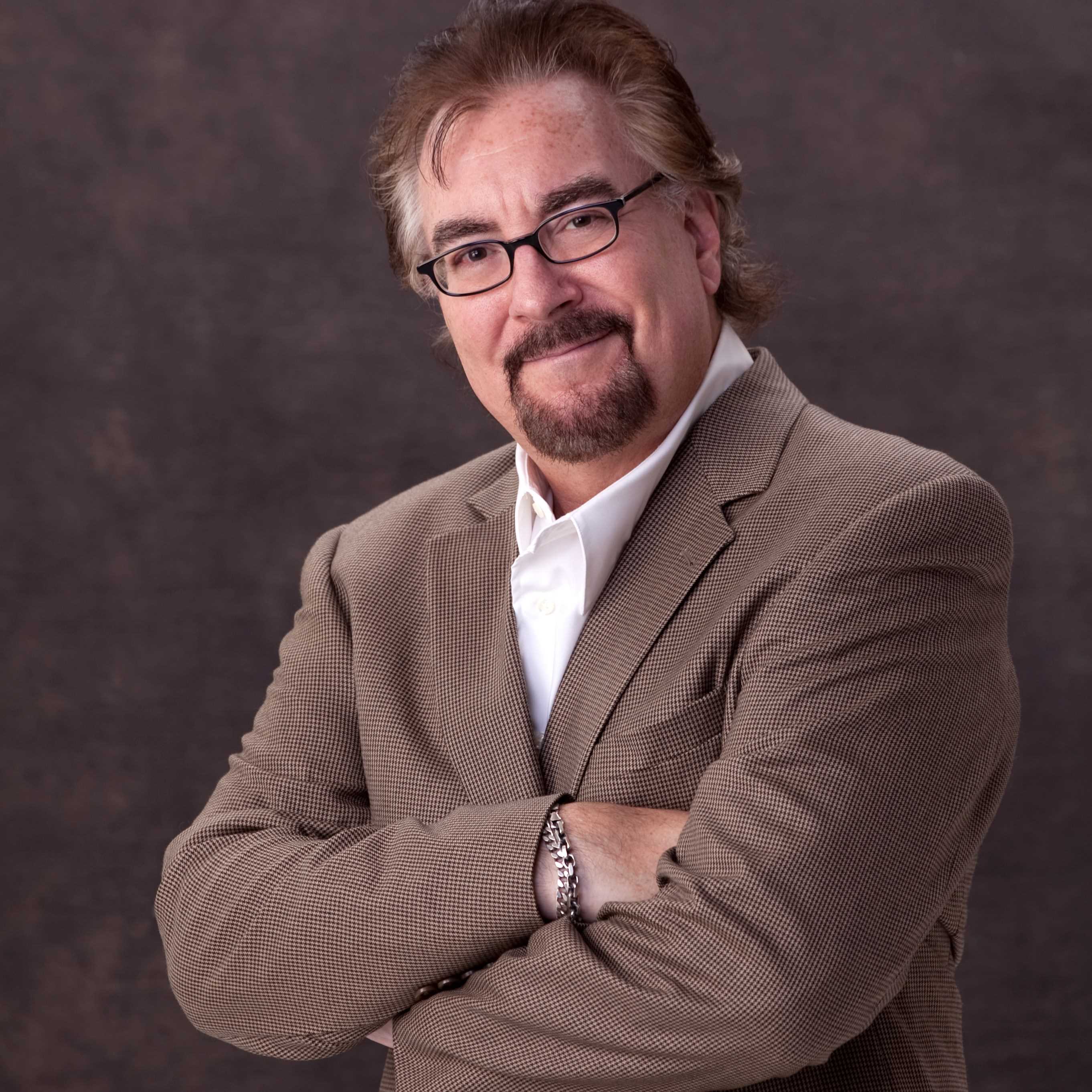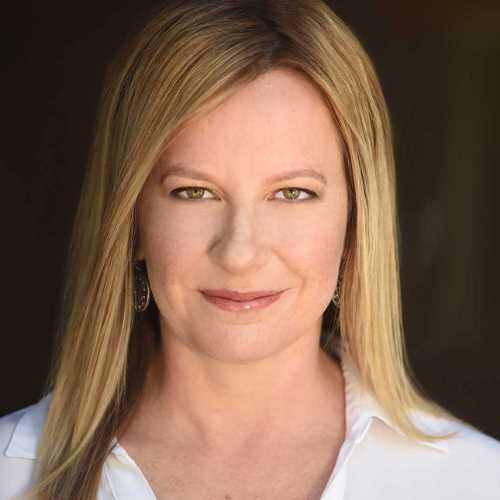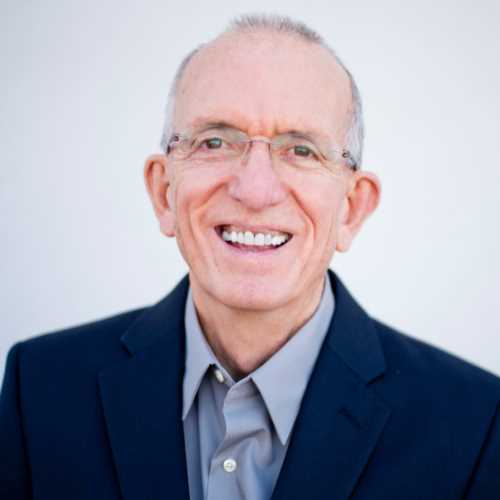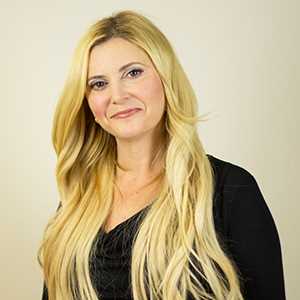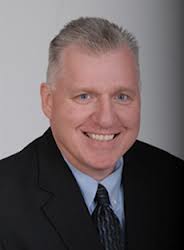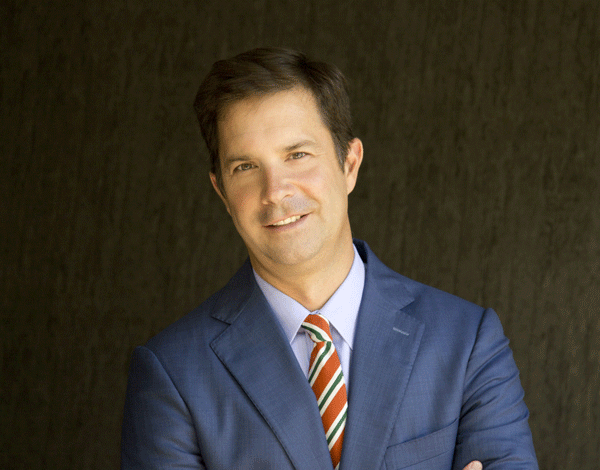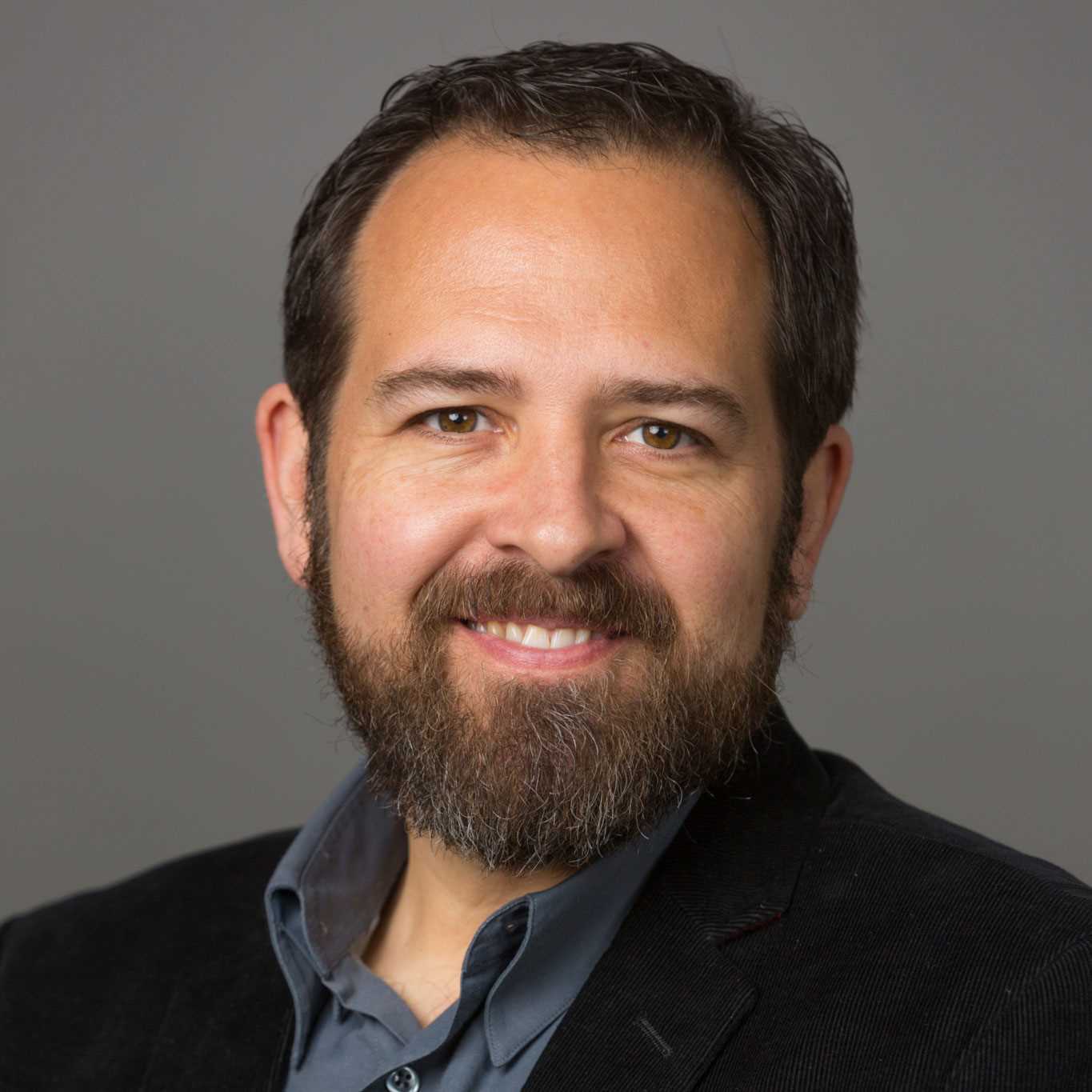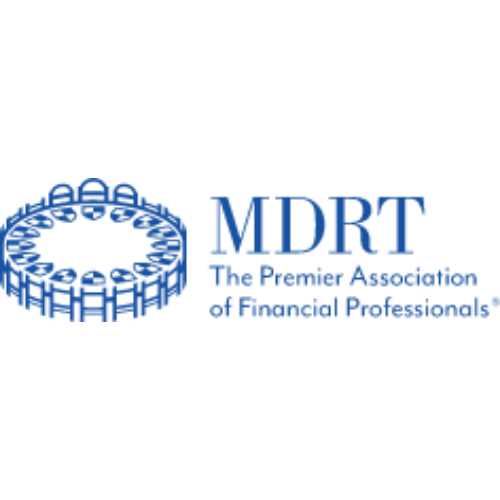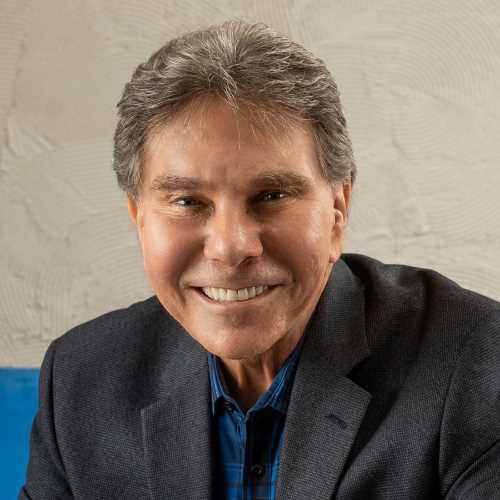
Dr. Robert Cialdini
- New York Times Bestselling author & most-cited social psychologist in the fields of influence, persuasion and negotiation
In Person-Fee 🛈
$50,000 - $100,000
Virtual Fee:
$30,000 - $50,000
Travels From
Arizona
Dr. Robert Cialdini Speaker Biography
Dr. Robert Cialdini has spent his entire career conducting scientific research on what leads people to say “Yes” to requests. The results of his research, his ensuing articles, and New York Times bestselling books have earned him an acclaimed reputation as a respected scientist and engaging storyteller.
His books, including Influence and Pre-Suasion, have sold more than seven million copies in 44 different languages.
Dr. Cialdini is known globally as the foundational expert in the science of influence and how to apply it ethically in business. His Seven Principles of Persuasion have become a cornerstone for any organization serious about effectively increasing their influence.
As a keynote speaker, Dr. Cialdini has earned a worldwide reputation for his ability to translate science into valuable and practical actions. His on-stage stories are described as dramatic and indelible. Because of all of this, he is frequently regarded as “The Godfather of Influence”.
Dr. Cialdini is Regents’ Professor Emeritus of Psychology and Marketing at Arizona State University. Dr. Cialdini received his Ph.D. from the University of North Carolina and post-doctoral training from Columbia University. He holds honorary doctoral degrees (Doctor Honoris Causa) from Georgetown University, University of Social Sciences and Humanities in Wroclaw, Poland, and the University of Basil in Switzerland. He has held Visiting Scholar appointments at Ohio State University, the University of California, the Annenberg School of Communications, and the Graduate School of Business of Stanford University.
In acknowledgment of his outstanding research achievements and contributions in behavioral science, Dr. Cialdini was elected to the American Academy of Arts & Sciences in 2018 and the National Academy of Sciences in 2019.
Dr. Cialdini is the President and CEO of INFLUENCE AT WORK.
INFLUENCE DURING TIMES OF UNCERTAINTY
In today’s uncertain environment, effective and ethical influence is necessary, pertinent, and now, more than ever, vital to success.
During this profound presentation, Dr. Robert Cialdini briefly reviews the six research-based universal principles of influence. He then focuses on those principles which are most effective under conditions of uncertainty. Those who learn how to apply these principles gain powerful leverage to bring about positive and lasting change in others, both inside and outside of their organization.
Dr. Robert Cialdini, author of the groundbreaking books, Influence, and Pre-Suasion, is your guide in translating highly relevant but poorly-understood scientific research into practical business applications. His books have sold more than five-million copies worldwide. Dr. Cialdini is the world’s leading authority on influence and his widely acclaimed studies are highly instructive to those who want to be more influential.
After this presentation, participants will be able to:
• Recognize and use each of the universal Principles of Persuasion
• Understand the conditions under which uncertainty dominates decision making
• See how uncertainty can be harnessed to produce optimal influence
• Identify which principles work best under conditions of uncertainty
• Identify which aspects of these principles should be highlighted for greater persuasive success
• Avoid mistakes that can unwittingly sabotage influence attempts
INFLUENCE: THE ULTIMATE POWER TOOL
Dr. Robert Cialdini, author of the groundbreaking book, Influence, is your guide, translating the scientific research into practical business applications. His widely acclaimed studies are highly instructive to those who want to be more influential.
Weaving compelling stories with evidence-based statistics makes this program memorable and immediately applicable. Here, Dr. Cialdini identifies and explains the six universal principles of persuasion that move others toward “yes.” Participants receive answers to such questions as:
What can we do to shorten the time required to develop and deepen relationships with our prospects, customers, and co-workers? How can we effectively establish our authority and trustworthiness with those we meet for the first time? After we have given, what words can we use to increase dramatically the likelihood that we will receive in return? When others are sitting “on the fence,” which principles of persuasion are most likely to spur them to act? And, which is the most underused, yet effective, principle of persuasion? In this program, Dr. Cialdini answers all these questions and more.
Used correctly and ethically, these scientifically tested principles produce lasting relationships and strong, long-term change. When the science is available, why use anything else?
PRE-SUASION: OPENING THE DOOR TO PERSUASION
The author of the legendary bestseller Influence, social psychologist Robert Cialdini shines a light on effective persuasion and reveals that the secret doesn’t lie in the message itself, but in the key moment before that message is delivered.
What separates ordinary communicators from truly successful persuaders? Using the same combination of rigorous scientific research and accessibility that made his Influence an iconic bestseller, Robert Cialdini explains how to capitalize on the essential window of time before you deliver an important message. This “privileged moment for change” prepares people to be receptive to a message before they experience it. Optimal persuasion is achieved only through optimal pre-suasion. In other words, to change “minds” a pre-suader must also change “states of mind.”
In this program, Dr. Cialdini draws on his extensive experience as the foundational expert in the science of influence to illustrate how the Pre-Suasion process works and how it can be used in your organization. He explains the techniques a person can implement, ethically, to become more influential both professionally and personally. Altering a listener’s attitudes, beliefs, or experiences isn’t necessary. All that’s required is for a communicator to redirect the audience’s focus of attention before a relevant action.
THE SMALL BIGs OF SUCCESSFUL SOCIAL INFLUENCE
Since publishing multiple books on the topic, Dr. Robert Cialdini has been frequently asked to speak to audiences about the principles of persuasion that scientific research indicates are most likely to spur others to change. In those presentations, something has emerged that invariably captures audience attention to a remarkable degree.
If, while describing one or another of these psychological principles, Dr. Cialdini says, “Now, I’m going to give you something really small that you can do to make this principle work in your behalf,” the room changes immediately. Bodies incline forward, faces lift to the stage, and pens hover above notepads. It’s understandable. Audience members are responding to an attractive return-on-investment proposition. It’s one that’s likely to be of enormous value in their increasingly time-challenged, busy lives—a minor investment of time or energy that will lead to disproportionate returns in all sorts of daily arenas. After all, to achieve most professional and personal goals, people need to be influential in their interactions with others; and reliable shortcuts in that pursuit are like found gold. In addition, these “small BIGs” are attractive because they require little expense or effort to implement—often involving nothing more than the change of a word or two in communication—which makes them more likely (than big procedural changes) to be actually performed.
In this presentation, Dr. Cialdini focuses on a set of small alterations that individuals can make to their persuasive attempts that research shows are likely to produce significant increases in their persuasive success. In the process, he illustrates the four forms that “small BIGs” can take: small adjustments to (1) words, (2) actions, (3) images, and (4) environments that can all produce outsized persuasive impact. Finally, he stresses how individuals can employ such adjustments not only effectively but ethically as well to ensure the cultivation and enhancement of long-term, mutually beneficial relationships.
THE POWER OF UNITY
With The Power of Unity, Robert Cialdini artfully braids science together with meaningful and moving personal accounts to produce a set of compelling lessons for business success.
This unique presentation explores what scientific research demonstrates about the ability of certain relationships to facilitate our goals. Dr. Cialdini skillfully interprets the implications of these relationships both inside and outside the organization.
Audience members learn the answers to such questions as: What can change rivals to make them want to work together? What can make seemingly unrelated, angry people bond together to accomplish meaningful goals? What can make a negotiation more satisfying and come to fruition faster? What simple statement can lead to Unity? What simple request can do the same? And, how can this be accomplished ethically and effectively in business settings? Dr. Cialdini explores and answers these questions and more in this unique program.
The Power of Unity shows how to develop, engage, and focus relationships for optimal working success.
LEADERSHIP THROUGH THE POWER OF PERSUASION
It is through the influence process that we lead, generate, and manage change. Like most things, the process can be handled poorly or well. It can be employed to foster growth and to move people away from negative choices and in more positive directions, thereby creating the conditions for new opportunities. Or, it can be used clumsily, reducing the chance for genuine movement and, in the worst of cases, boomeranging into conflict and resentment.
As such, it is important for those wishing to lead effectively to understand fully the workings of the influence process. Fortunately, a vast body of scientific evidence now exists on how, when, and why people say yes to influence attempts. In his presentation, Dr. Robert Cialdini extracts from this formidable body of work the six universal principles of influence—those that are so powerful that they generate desirable change in the widest range of circumstances. The principles are:
Reciprocation. People are significantly more willing to comply with requests (for favors, services, information, concessions, etc.) from a leader who has provided such things first.
Commitment/Consistency. People are more willing to be moved by a leader if they see the change as consistent with commitments they have previously and publicly made.
Authority. The particular combination of expertise and trustworthiness renders a leader the most persuasive communicator science has ever uncovered.
Social Proof. People are more willing to perform a recommended action if a leader provides evidence that many similar others are performing it.
Scarcity. People find recommended opportunities more attractive to the degree that a leader can honestly position them as scarce, rare, or dwindling in availability.
Liking. People say yes to the leaders they like. Dr. Cialdini’s presentation illustrates how these six principles have been and can be harnessed to meet specific influence objectives.
Dr. Cialdini emphasizes the non-manipulative use of the principles so that those who are influenced feel personally committed to the new direction and to their relationship with the leader. It is only in this fashion that the influence process can be simultaneously effective, ethical, and enduring. And it is only in this fashion that it can enhance a lasting sense of partnership between those involved.
YES! — PROVEN WAYS FOR MARKETERS TO BECOME MORE PERSUASIVE
Yes! It’s one of the simplest words in our language. But, arranging to hear it from colleagues, clients, customers, and even family members is not simple at all — at least not without knowing certain secrets of the persuasion process. The dual purpose of this program is to reveal a valuable set of these powerful secrets to participants and to do so in a way that will enable them to achieve their professional goals more rapidly.
In addition, the emphasis will be on how participants can increase the likelihood of Yes! without having to change the features and merits of their case but, instead, by changing only — and more persuasively — the way they present those features and merits. Consequently, this program would be of particular benefit to those individuals and organizations that have a strong case to make but have not realized an equivalent return because critical others have not been convinced to open their ears and minds fully to that strong case. The secrets of persuasion covered in the program are specifically designed to open such ears and minds.
So that participants can implement the program’s material immediately and with confidence, its content has been crafted to have the following elements:
It is scientifically grounded. Persuasion is no longer just an inborn art, available only to those who instinctively know just what to say and when to say it. After more than a half-century of research, it has also become a solid science; and the researchers who study it have uncovered a set of hidden rules for moving people toward Yes! that can be learned by all who want to become more persuasive.
It is ethically appropriate. There is an important distinction between persuasion and manipulation. The approaches advocated in this program can be used in entirely non-manipulative ways that never deceive or coerce others into assent. Rather, they inform/educate others into Yes! by providing honest evidence for wise decisions. In so doing, these ethical approaches preserve the personal relationships necessary for long-term business success.
It is not widely known. The intent of the program is not to re-teach or reinforce what participants already know. Instead, it is to bring to light some little-recognized aspects of persuasion that will give them an advantage over competitors in two ways: (1) by covering research that in many cases is so new that it is unavailable to the general public, and (2) by showing how this new research often runs counter to common but mistaken tactics that rivals will continue to employ.
It can involve small changes in practice. A goal of the program is to show participants how to make relatively minor modifications to their persuasive practices that will result in major increases in their effectiveness. Although busy, overloaded participants may well be reluctant to learn and deploy large-scale changes to their existing workplace approaches, they are willing to make small alterations that they are convinced will lead to greater success. For this reason, the program focuses on strategies that require small changes — a few words or the sequence of a few words — yet have the largest impact on Yes!
YES! — PROVEN WAYS FOR MANAGERS TO BECOME MORE PERSUASIVE
Yes! It’s one of the simplest words in our language. But, arranging to hear it from colleagues, clients, customers, and even family members is not simple at all — at least not without knowing certain secrets of the persuasion process. The dual purpose of this program is to reveal a valuable set of these powerful secrets to participants and to do so in a way that will enable them to achieve their professional goals more rapidly.
In addition, the emphasis will be on how participants can increase the likelihood of Yes! without having to change the features and merits of their case but, instead, by changing only — and more persuasively — the way they present those features and merits. Consequently, this program would be of particular benefit to those individuals and organizations that have a strong case to make but have not realized an equivalent return because critical others have not been convinced to open their ears and minds fully to that strong case. The secrets of persuasion covered in the program are specifically designed to open such ears and minds.
So that participants can implement the program material immediately and with confidence, its content has been crafted to have the following elements:
It is scientifically grounded. Persuasion is no longer just an inborn art, available only to those who instinctively know just what to say and when to say it. After more than a half-century of research, it has also become a solid science; and the researchers who study it have uncovered a set of hidden rules for moving people toward Yes! that can be learned by all who want to become more persuasive.
It is ethically appropriate. There is an important distinction between persuasion and manipulation. The approaches advocated in this program can be used in entirely non-manipulative ways that never deceive or coerce others into assent. Rather, they inform/educate others into Yes! by providing honest evidence for wise decisions. In so doing, these ethical approaches preserve the personal relationships necessary for long-term business success.
It is not widely known. The intent of the program is not to re-teach or reinforce what participants already know. Instead, it is to bring to light some little-recognized aspects of persuasion that will give them an advantage over competitors in two ways: (1) by covering research that in many cases is so new that it is unavailable to the general public, and (2) by showing how this new research often runs counter to common but mistaken tactics that rivals will continue to employ.
It can involve small changes in practice. A goal of the program is to show participants how to make relatively minor modifications to their persuasive practices that will result in major increases in their effectiveness. Although busy, overloaded participants may well be reluctant to learn and deploy large-scale changes to their existing workplace approaches, they are willing to make small alterations that they are convinced will lead to greater success. For this reason, the program focuses on strategies that require small changes — a few words or the sequence of a few words — yet have the largest impact on Yes!
YES! — PROVEN WAYS FOR SALESPEOPLE TO BECOME MORE PERSUASIVE
Yes! It’s one of the simplest words in our language. But, arranging to hear it from colleagues, clients, customers, and even family members is not simple at all — at least not without knowing certain secrets of the persuasion process. The dual purpose of this program is to reveal a valuable set of these powerful secrets to participants and to do so in a way that will enable them to achieve their professional goals more rapidly.
In addition, the emphasis will be on how participants can increase the likelihood of Yes! without having to change the features and merits of their case but, instead, by changing only — and more persuasively — the way they present those features and merits. Consequently, this program would be of particular benefit to those individuals and organizations that have a strong case to make but have not realized an equivalent return because critical others have not been convinced to open their ears and minds fully to that strong case. The secrets of persuasion covered in the program are specifically designed to open such ears and minds.
So that participants can implement the program material immediately and with confidence, its content has been crafted to have the following elements:
It is scientifically grounded. Persuasion is no longer just an inborn art, available only to those who instinctively know just what to say and when to say it. After more than a half-century of research, it has also become a solid science; and the researchers who study it have uncovered a set of hidden rules for moving people toward Yes! that can be learned by all who want to become more persuasive.
It is ethically appropriate. There is an important distinction between persuasion and manipulation. The approaches advocated in this program can be used in entirely non-manipulative ways that never deceive or coerce others into assent. Rather, they inform/educate others into Yes! by providing honest evidence for wise decisions. In so doing, these ethical approaches preserve the personal relationships necessary for long-term business success.
It is not widely known. The intent of the program is not to re-teach or reinforce what participants already know. Instead, it is to bring to light some little-recognized aspects of persuasion that will give them an advantage over competitors in two ways: (1) by covering research that in many cases is so new that it is unavailable to the general public, and (2) by showing how this new research often runs counter to common but mistaken tactics that rivals will continue to employ.
It can involve small changes in practice. A goal of the program is to show participants how to make relatively minor modifications to their persuasive practices that will result in major increases in their effectiveness. Although busy, overloaded participants may well be reluctant to learn and deploy large-scale changes to their existing workplace approaches, they are willing to make small alterations that they are convinced will lead to greater success. For this reason, the program focuses on strategies that require small changes — a few words or the sequence of a few words—yet have the largest impact on Yes!




